The allure of Iceland's blue ice caves is undeniable. These natural wonders, formed by centuries of glacial movement and meltwater, draw adventurers from around the world. However, visiting these caves in November comes with its own set of challenges and risks. Understanding the safety considerations during this time is crucial for anyone planning an expedition.
November marks the beginning of the ice cave season in Iceland. While the caves are accessible, the conditions are far from stable. The weather is unpredictable, with sudden storms, heavy snowfall, and freezing temperatures becoming the norm. Unlike the peak winter months, when the ice is more solid, November's caves are still forming and shifting. This makes them both breathtakingly beautiful and potentially hazardous.
Local guides often emphasize the importance of never entering an ice cave without an experienced professional. In November, this advice becomes even more critical. The caves are still adjusting to the winter freeze, meaning weak spots in the ice can collapse without warning. Guides who know the terrain can identify safer routes and avoid areas prone to sudden shifts. Their expertise is the difference between a memorable adventure and a life-threatening situation.
The daylight hours in November are another factor to consider. With the sun rising late and setting early, visitors have a limited window to explore. Rushing to see the caves in fading light increases the risk of accidents. Proper timing and patience are essential. Many tour operators adjust their schedules to maximize daylight, but even then, the margin for error is slim.
Equipment plays a vital role in ensuring safety. Crampons, helmets, and waterproof gear are non-negotiable. The ice can be treacherously slippery, and falling inside a cave can lead to serious injuries. Helmets protect against falling ice chunks, which are more common in November as the caves stabilize. Dressing in layers is also key—temperatures inside the caves can be much colder than outside, and hypothermia is a real danger.
Another often-overlooked aspect is the physical demand of visiting these caves. The journey to reach them typically involves hiking across uneven, icy terrain. For those unprepared, this can be exhausting and dangerous. A reasonable level of fitness is required, and anyone with mobility issues should think carefully before attempting the trip. November’s conditions only amplify these challenges, as paths may be obscured by snow or still in the process of freezing over.
Despite the risks, November offers a unique advantage: fewer crowds. Unlike the peak season, when popular caves are packed with tourists, November allows for a more intimate experience. The quiet, otherworldly beauty of the caves feels even more profound when shared with only a handful of people. For those willing to brave the conditions, the reward is an almost private encounter with one of nature’s most stunning creations.
Ultimately, visiting Iceland’s blue ice caves in November is a calculated risk. With the right preparation, guidance, and respect for nature’s unpredictability, it can be an unforgettable experience. But cutting corners or ignoring safety warnings can have dire consequences. The caves demand humility—those who approach them with caution and awareness are the ones who leave with awe, not injuries.

By /Aug 13, 2025

By /Aug 13, 2025

By /Aug 13, 2025

By /Aug 13, 2025

By /Aug 13, 2025

By /Aug 13, 2025
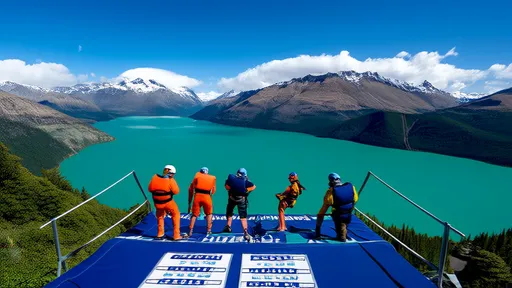
By /Aug 13, 2025
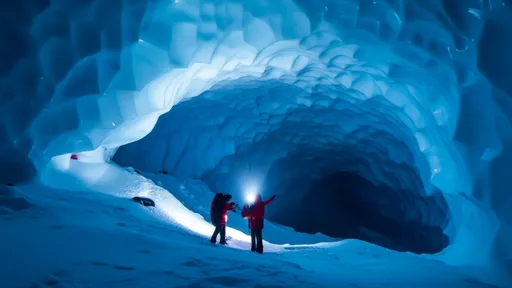
By /Aug 13, 2025
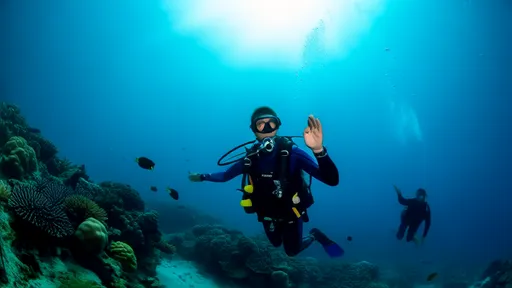
By /Aug 13, 2025

By /Aug 13, 2025

By /Aug 13, 2025

By /Aug 13, 2025
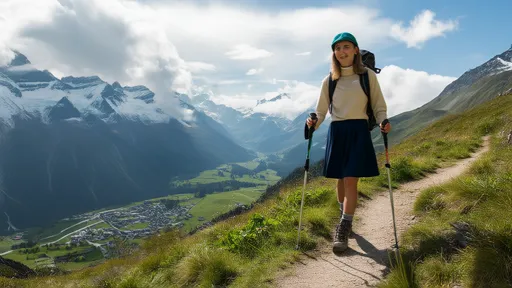
By /Aug 13, 2025

By /Aug 13, 2025

By /Aug 13, 2025
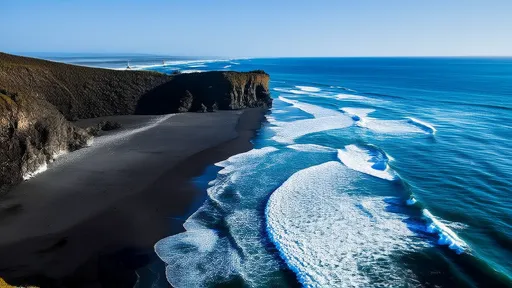
By /Aug 13, 2025
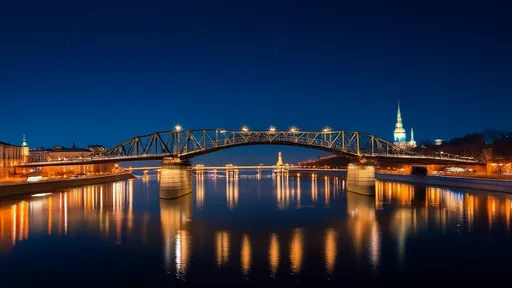
By /Aug 13, 2025

By /Aug 13, 2025

By /Aug 13, 2025
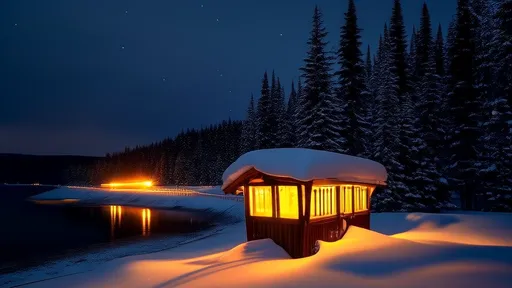
By /Aug 13, 2025